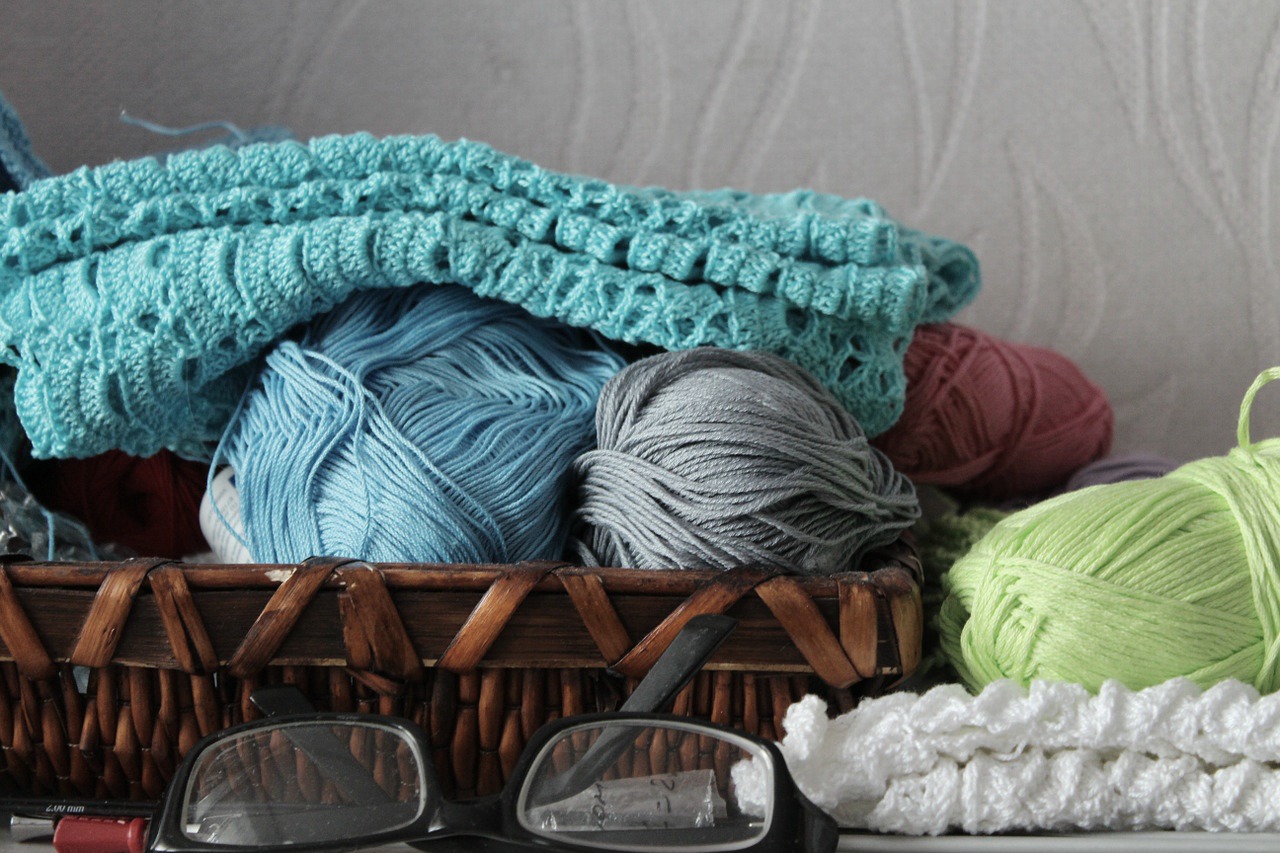Earlier this week, countries around the world observed International Day of the Girl (sometimes referred to as International Day of the Girl Child.) On October 11, 2o11, the United Nations created this day of observation in an effort to improve girls’ lives worldwide. Since then, International Day of the Girl has provided an occasion for all of us to think about the lives girls are leading.
As you might imagine, the news on this topic isn’t always positive. But ignoring the facts won’t make them go away, and the only way for us to change the lives of the girls we care about is to figure out what kind of change is necessary. I’m a professor who teaches courses in Women’s Studies; helping people be that change is a part of my job.
Today’s Five for Friday focuses on some facts about girls’ lives. All the information I’ve included here was drawn from A Statistical Snapshot of Violence Against Girls, a free PDF publication created by and available from UNICEF. I encourage you to download a copy of your own and take an honest look at the lives of girls around the world.
Every 10 minutes, a girl dies somewhere in the world as a result of violence .
Keep in mind that this figure doesn’t include the girls who are abused, assaulted, trafficked, and otherwise treated as less-than-human, but who somehow manage to survive.
Violence is the second leading cause of death in adolescent girls worldwide.
The only thing more deadly is infection and parasitic disease.
Physical violence occurs most often in the context of discipline.
In other words, girls are most frequently assaulted at home, by their families. As they grow older, the violence they experience at home is often compounded by the treatment they receive from intimate partners.
Girls between the ages of 15 and 19 are most at risk for becoming victims of sexual violence.
A survey of women between the ages of 15 and 49 years confirmed that a large number had experienced sexual violence as adolescents.
Bullying is also a problem for girls worldwide.
1 in 3 girls between the ages of 13 and 15 report being bullied on a regular basis. In the United States, up to 30% of girls in this age group report a bullying incident in just the past two months.
So, what can you do to be the change for the girls in your community?
I guarantee that there’s a girl in your life who would benefit from the help of strong, smart women like those who read this blog. Maybe that means taking on a formal leadership role–for instance, as the leader of a Girl Scout troop. Maybe it means volunteering with a local organization that supports girls through workshops and events. Here in south Texas, the Girls Empowerment Network is just one such organization.
But there are less formal ways to be the change, too. When my daughter was younger, I did my best to be a strong role model for all the friends who wandered through our home. Sometimes, I admit, that meant stepping on another mother’s toes. Sometimes it led to an awkward conversation at a school event. (The day a mom pulled me aside to let me know that my daughter had explained the facts of life to her daughter still comes to mind as a moment of simultaneous pride and chagrin.)
But I decided early on that the well-being of every girl was more important to me than whether that girl’s mom smiled when we bumped into each other at Meet the Teacher night. Thinking of the girls in our lives as someone else’s kid–and, therefore, someone else’s responsibility–does no good for the girl who’s not getting what she needs from her family.
As the facts attest, there are a lot of girls in the world who need us to be brave enough to step up for them.




No Comments